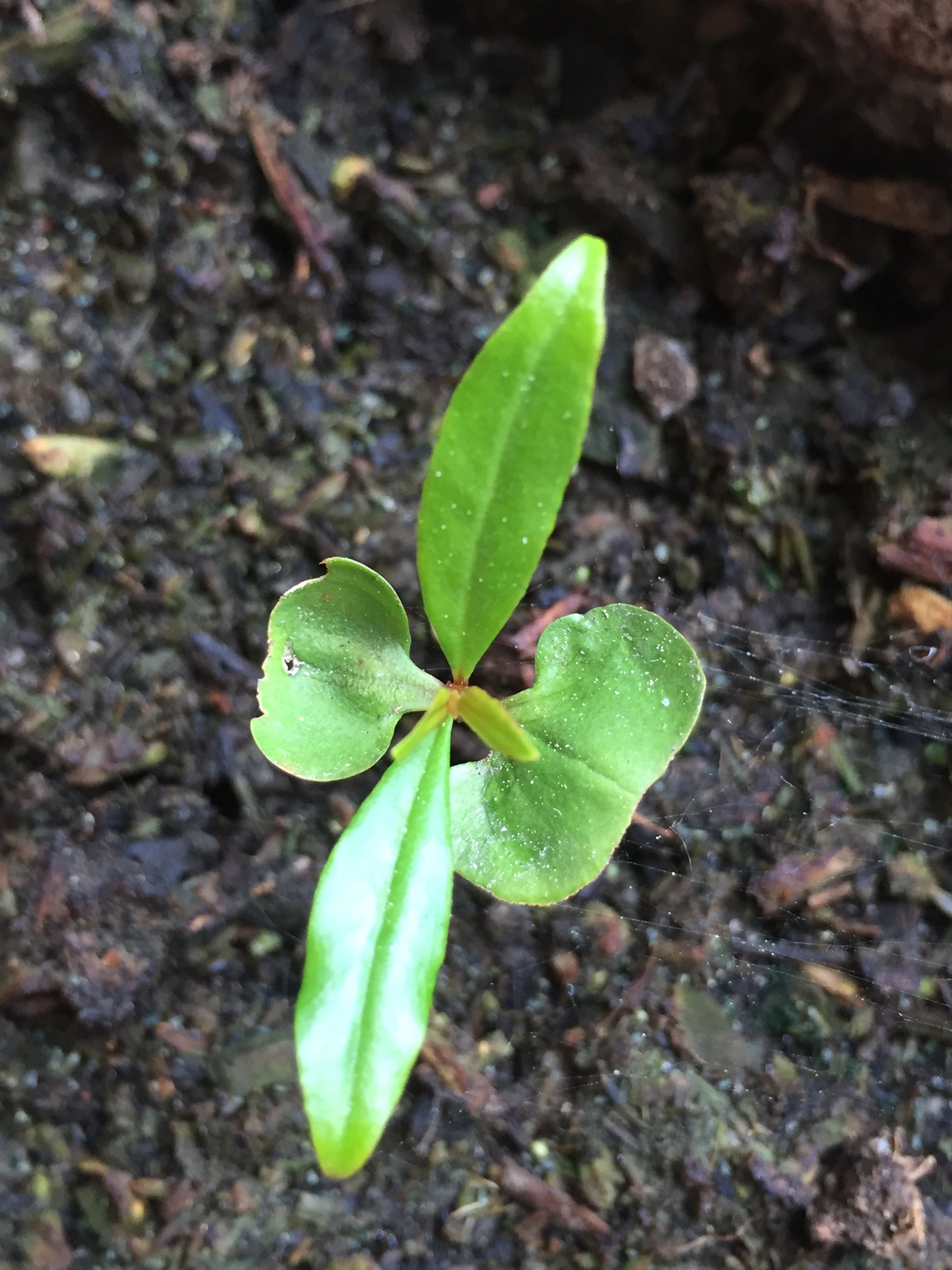Those of you who’ve been following EverWriting for a while may remember my blogs about growing and nurturing a pomegranate plant which I related to the process of writing Salsa Dancing with Pterodactyls.
I’m back at it.
I actually had not eaten a pomegranate for years and years! When I was a girl, my first taste of this wonderful fruit (some believe to be the original ‘forbidden fruit’ of the Garden of Eden variety) gave me hives! As the ruby fruit was the only oddity in our daily composition at the time, pomegranate got the blame. I stayed away until I was well into adulthood.
My next encounter was after I had three children with no untoward results at all. Since I had already had good luck with growing apple trees from seeds germinated from the Braeburn variety and oaks from acorns my children had gathered at school, I threw some pomegranate seeds in potting soil and behold, I was the proud horticulturalist of a plant usually only grown in mediterranean climes.
This year, I bought and ate my first pomegranate after another long long dry spell and, though I have only a balcony and a few potted plants, I attempted to repeat my previous effort. As far as I know my first pomegranate is still growing in my daughter-in-law’s care but having one of my own again felt right. I have a number of lemon bushes from seed and a pomegranate was a natural step.
have only a balcony and a few potted plants, I attempted to repeat my previous effort. As far as I know my first pomegranate is still growing in my daughter-in-law’s care but having one of my own again felt right. I have a number of lemon bushes from seed and a pomegranate was a natural step.
Of the twenty or so seeds I planted, three sprouted and one survived and the secondary leaves have sprouted.
In many ways, at least in my quirky mind, there are similarities between storycraft and horticulture/gardening. If we think of an idea for a story, we often think of it as a seed. We nurture the idea/seed with effort in the way of research in the process of germinating the story, as the seedling has germinated from its pod and thrown out roots below and first leaves above. Those first leaves and roots provide the nourishment to grow in the same way our stories grow from experience (roots) and imagine (leaves).
 My previous experience with pomegranates coincided with the writing and successful publishing my multicultural, interracial novel Salsa Dancing with Pterodactyls.
My previous experience with pomegranates coincided with the writing and successful publishing my multicultural, interracial novel Salsa Dancing with Pterodactyls.
This tiny plant coincides with my first American history novel, Pavane for Miss Marcher, which examines the aftereffects of the American Civil War on those who fought, those left behind and process of healing the divisive wounds.